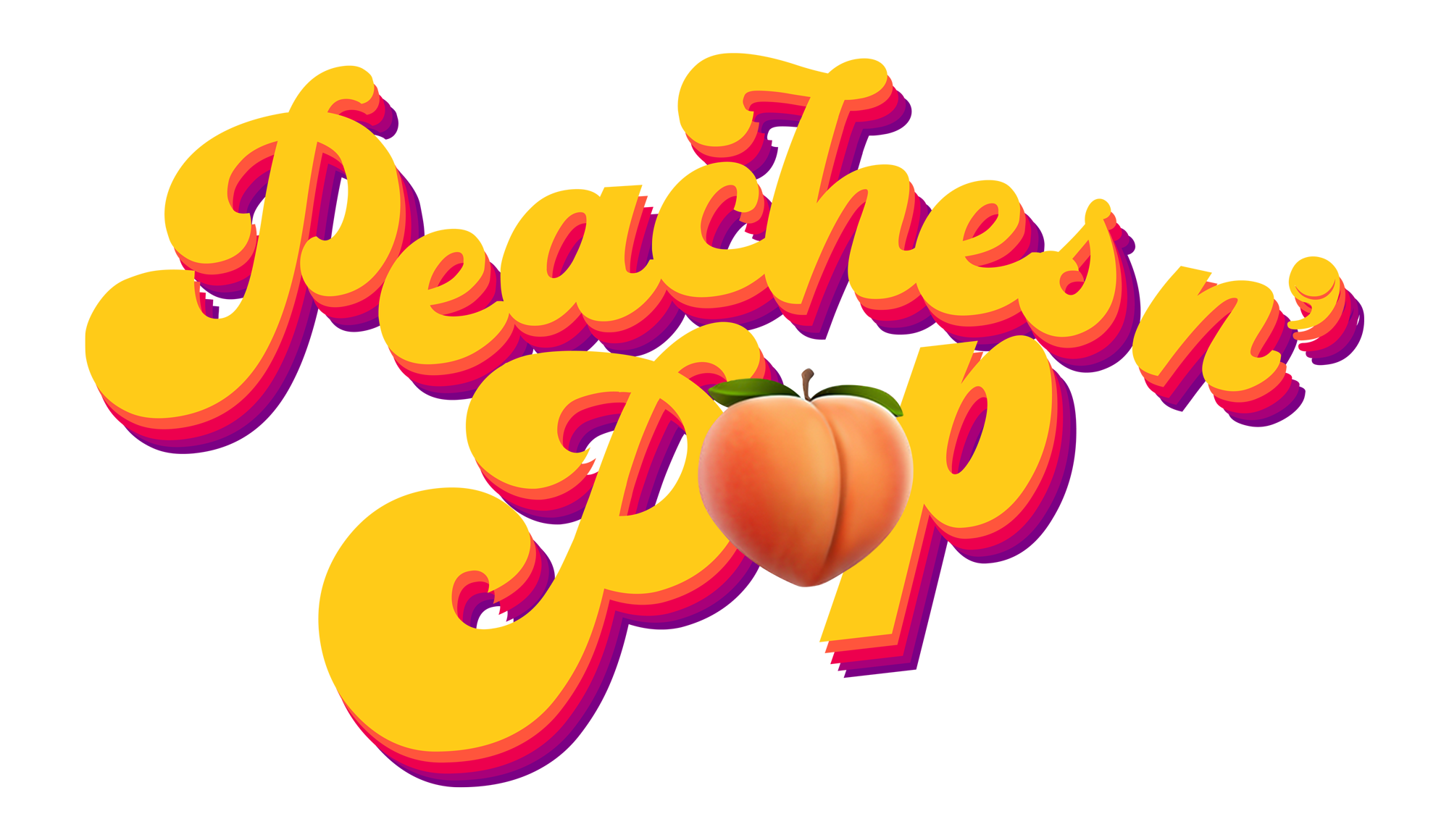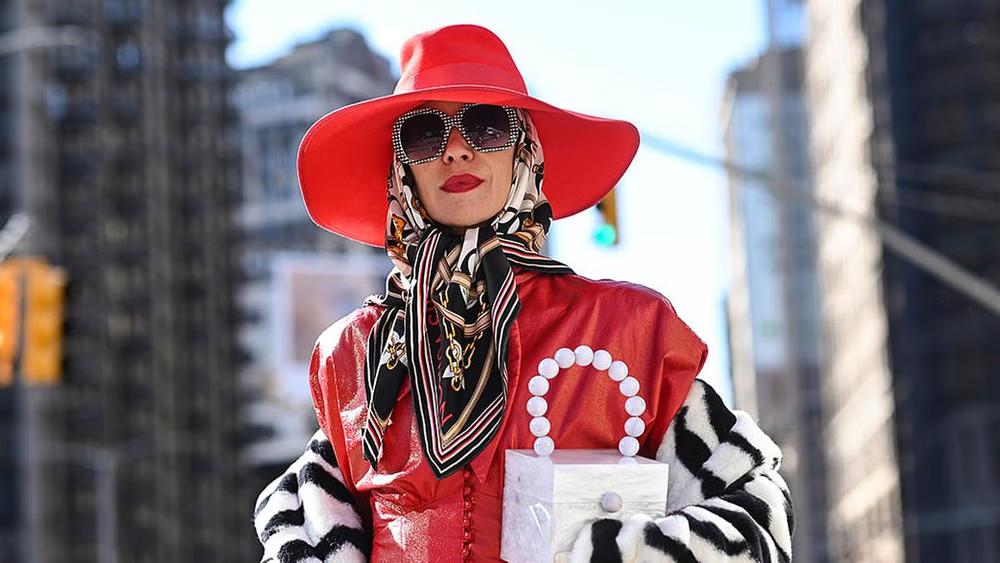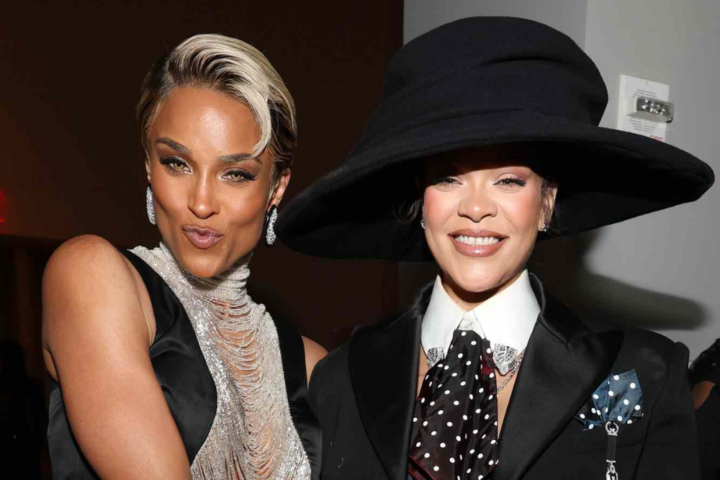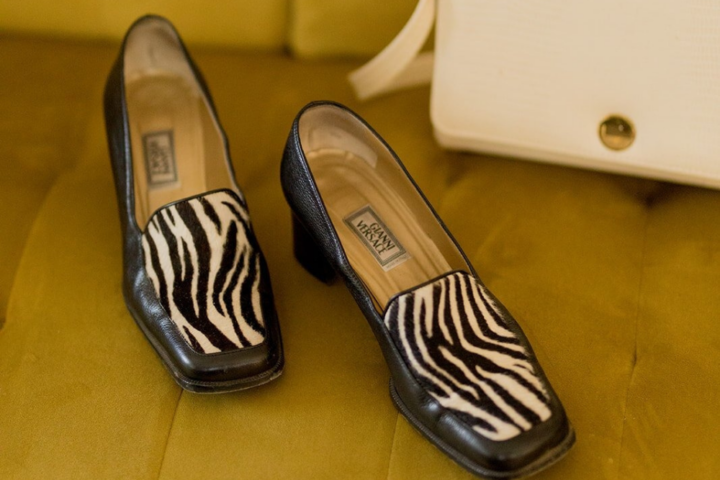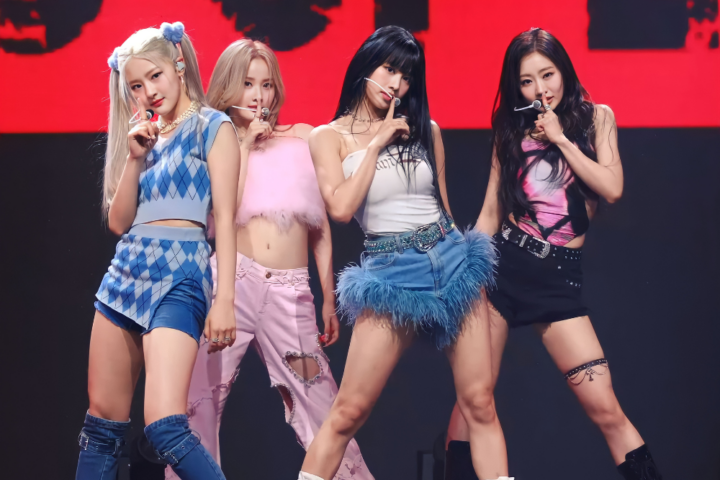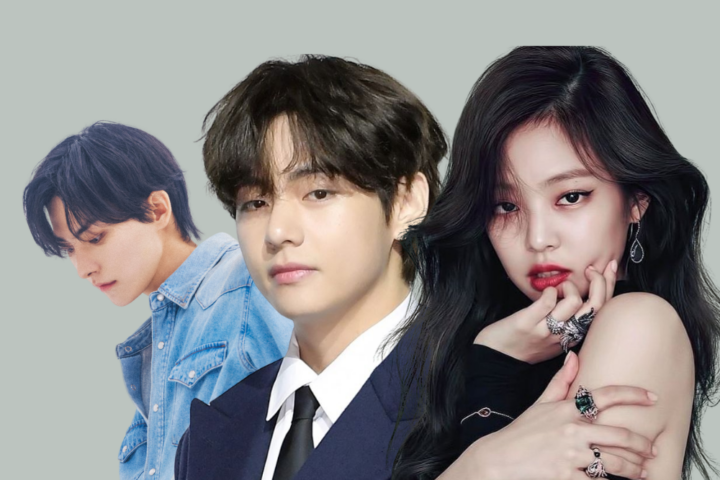In the ever-evolving world of fashion, two seemingly opposing styles are converging to create a dynamic new trend. Minimalism, characterized by its simplicity and clean lines, is finding an unexpected partner in maximalism, known for its bold patterns and lavish details. This fusion of minimalism and maximalism is redefining contemporary fashion, offering a fresh take on how we approach style.
Minimalism in fashion emphasizes understated elegance, with an emphasis on streamlined silhouettes and a restrained color palette. This approach advocates for a wardrobe filled with timeless pieces that prioritize quality and functionality over excess. Think of sleek, monochromatic outfits and simple, well-tailored garments that create an effortlessly sophisticated look.
On the other end of the spectrum, maximalism embraces extravagance and opulence. This style is marked by vibrant prints, rich textures, and a playful mix of colors. Maximalist fashion often incorporates eclectic elements such as statement jewelry, layered accessories, and eye-catching fabrics, celebrating excess and individuality.
The convergence of minimalism and maximalism reflects a broader shift in fashion, where the focus is not solely on one extreme but rather on a balanced integration of both styles. Designers and fashion enthusiasts are now blending the simplicity of minimalism with the boldness of maximalism to create outfits that are both visually striking and sophisticated.
This trend manifests in several ways. One popular approach involves pairing minimalist pieces with maximalist accessories. For example, a sleek, neutral-toned outfit might be enhanced with a vibrant, patterned scarf or bold, oversized earrings. This strategy allows individuals to maintain a refined look while introducing elements of surprise and personality.
Another way minimalism and maximalism are merging is through the use of contrasting textures. A minimalist ensemble made of smooth, monochromatic fabrics can be paired with a maximalist touch through the addition of textured, ornate fabrics like velvet or brocade. This contrast highlights the interplay between simplicity and complexity, creating a visually engaging and multi-dimensional look.
Designers are also experimenting with the juxtaposition of minimalist and maximalist elements within a single garment. This might involve combining clean, simple lines with elaborate embellishments or integrating understated colors with elaborate patterns. Such designs challenge traditional fashion norms and offer a novel approach to style.
This blend of minimalism and maximalism is not just a fleeting trend but a reflection of changing attitudes towards fashion. Modern consumers are increasingly looking for versatility and individuality in their wardrobes. By incorporating elements of both styles, they can express their personal tastes while also adapting to various occasions and settings.
The new balance between minimalism and maximalism also speaks to a desire for both practicality and self-expression. Minimalist pieces offer functionality and ease, while maximalist elements allow for creative expression and individuality. Together, they create a fashion narrative that is both practical and imaginative.
Fashion shows and collections reflecting this duality are becoming more prevalent, showcasing how the integration of minimalism and maximalism can result in unique and exciting looks. Designers are pushing boundaries, experimenting with how to blend these contrasting styles to create innovative fashion statements that resonate with contemporary audiences.
As minimalism and maximalism continue to intersect, they are shaping a new era in fashion that embraces both simplicity and extravagance. This approach provides a versatile and expressive way to navigate modern style, allowing individuals to enjoy the best of both worlds. By embracing this balanced perspective, fashion enthusiasts can curate wardrobes that are not only stylish but also reflective of their personal tastes and lifestyles.
